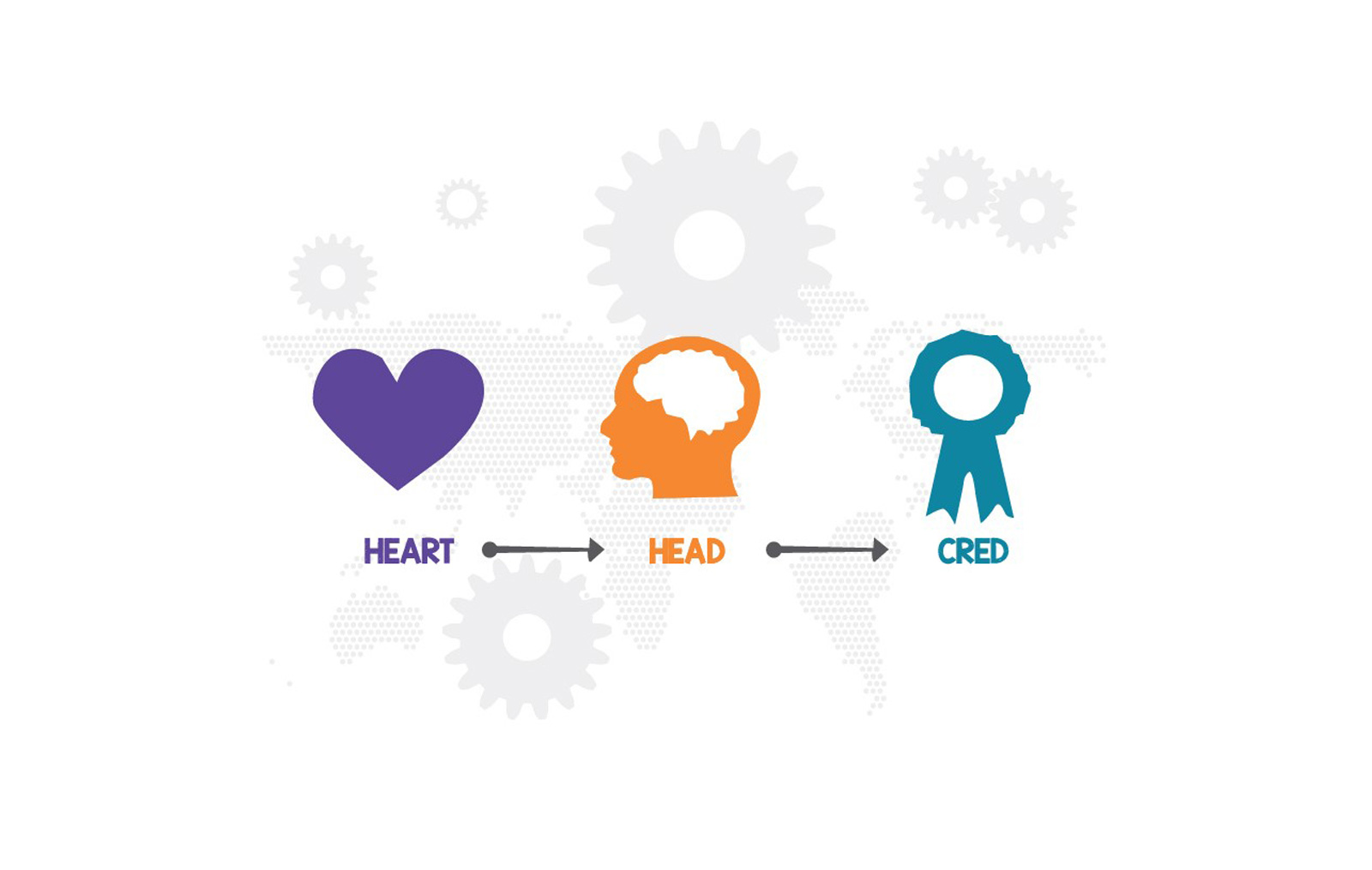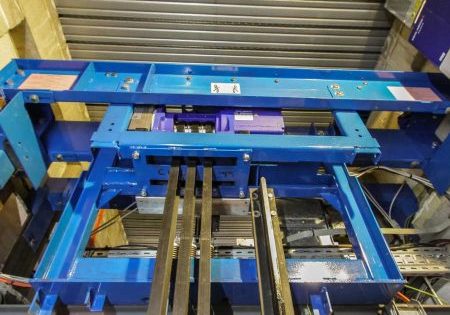Is there an ideal approach?
Management education and development is a lucrative business. Training provides us with new skills and concepts (head stuff), but do the things that are learnt result in the behaviour change (heart stuff) necessary to impact the bottom line … and cred stuff? And if not, what does?
Just think of the range of training and development options available:
- Courses; both short and long
- Seminars
- Conferences
- Secondments
- Coaching and mentoring
- On-the-job training
I’m pretty sure there are others, and many businesses are prepared to invest significant sums to get talent educated, but the key question is: How do you ensure you get value for the money and a return on the investment?
In terms of the behaviour change, there is a great model by a guy named Robert Dilts called the Dilts pyramid or neurological levels model. It’s usually viewed as a triangle with environment at the base of the triangle, and identity, vision and spirituality at the peak — the full list of levels being detailed below:
- Environment
- Behaviour
- Skills
- Beliefs and values
- Identity
- Vision or spirituality
It’s an excellent starting point and can be applied to individuals, teams and companies. The model seeks to use the different levels in order to unpick your current situation. Examining the situation using the different levels provides an indication of where changes need to be made if progress is to take place. In effect, the logical levels are actually levels of change.
Additionally, another key issue to resolve is what are the criteria by which you establish the approach that will deliver the best bang for your buck?
Let’s look at some of the criteria:
Skills Versus Knowledge
Perhaps one of the best questions to ask at the beginning of any development activity is: Is the intervention essentially learning about something or how to do something or both? If it is skills based, how will it be established that the transfer from teacher to pupil has been made and, most importantly, was it effective?
In a classroom, or workshop, full of apprentice lift engineers (or anyone else), knowledge can be imparted by the tutor about a particular task; everyone is given the same instructions, but they are processed by different people in different ways, so skill in executing the said task may be very different for different individuals. This brings us nicely to the next point.
The Teaching Talent
Who is the teaching to be undertaken by? What are the educational and experiential qualifications of those teaching? What are their experiences of your company or the lift sector? Do they have first-hand knowledge or is the knowledge “just” subject based and, therefore, academic?
The Educational Approach
What is the output to the learning or course? Is it “just” a certificate, or can a return on investment (ROI) be established? What is the balance between individual work and group work? What is the mix of educational methods (proper hands-on-the-job training, video, classroom, case studies, etc.)? And what is right for your company, team or individual?
There is no right or wrong approach to learning, just different approaches. But the approach will significantly impact the best way to teach different people.
Learning Styles
There are significant differences between how people like to learn. One model, developed by a guy named David Kolb, suggests four types of approach, which he describes as:
- The Accommodator, who prefers concrete experience and active experimentation. These people like learning by doing.
- The Converger likes to understand the theory first and then apply it: a combination of what’s called abstract conceptualization and then active experimentation.
- The Diverger likes concrete experience followed by reflective observation; this is the “in at the deep end” approach, followed by a chance to discuss and reflect.
- The Assimilator is the thinker who prefers abstract conceptualization and reflective observation. They are usually strong in (inductive) reasoning and the creation of theories.
There is no right or wrong approach to learning, just different approaches. But the approach will significantly impact the best way to teach different people.
The Delivery Method
If it’s a course, let’s say a 10-day NEBOSH (National Examination Board in Occupational Safety and Health) course or a five-day SMSTS (Site Management Safety Training Scheme) course, is it better to have one day a week for a number of weeks, or five-day blocks of time or some other approach?
Is some form of homework required? Or even better (in our opinion), some form of assignment applied to the specific needs of the company?
Course Participants
Many people attend courses to network. Indeed, it is often suggested that people learn as much from each other as they do the tutors. That being the case, typically, who else is on the course? What are the skills and talents they bring to the party?
Embedding the Learning
There is a massive difference between simply “enjoying a course” and bringing something back that can be usefully applied in order to deliver a return. In fact, enjoying a course is often as much about the quality of the refreshments, the environment and any “goodies or giveaways” and, therefore, bears little relation to actually embedding any learning necessary to deliver a return.
Given the above, is there an ideal approach?
The Ideal Approach?
We would suggest there is. It can certainly account for most of the above issues, but it is specifically designed with the objective of having a team work together on a project with the aim of delivering ROI.
The approach would be to create an improvement team where your staff all learn together. The Dilts model can be applied to team members and the problem, a business case developed for a specific intervention and a team assembled with a view to making a quantifiable improvement.
This approach, with a facilitator, helps:
- Ensure different people are coached in accordance with their learning styles throughout the intervention
- Transfer, in a live environment, specific skills, tools, techniques and methods of thinking from teacher to pupil
- Solve a specific company need or issue
The whole approach is deliberately geared to embedding skills competence and the behaviour change so often lacking from what might be described as “sheep dip” training.
The obvious downside to this approach is the interaction with others. However, get the right facilitator who has had experience in your sector (and indeed others) and to a large part, this can be offset. The facilitator brings external experience from previous interventions.
Conclusion
The majority of training exposes people to ideas which they then often have difficulty implementing and bringing to life in a working environment. The day job simply gets in the way.
It is this process of ongoing coaching combined with on-the-job learning that makes the team approach so powerful. The coaching allows for course correction against the original business case along the way, other benefits include:
- A problem specific to the company is focused on and resolved
- The scale of the problem is quantified — so it can be seen to be worth solving
- A team effort is applied to the solution so it is owned by all
- To help you along with the way, visit our website, and type in: “Behaviour change generator.” Then, scroll down, and you’ll be taken to an area where you can download:
- A behaviour change generator based on the Dilts model
- A “How-To” booklet about process improvement
Get more of Elevator World. Sign up for our free e-newsletter.










